Abstract
Background
Many patients with kidney failure will live longer and healthier lives if they receive a kidney transplant rather than dialysis. However, multiple barriers prevent patients from accessing this treatment option.
Objective
To determine if a quality improvement intervention provided in chronic kidney disease (CKD) programs (vs. usual care) enables more patients with no recorded contraindications to kidney transplant to complete more steps toward receiving a kidney transplant.
Design
This protocol describes a pragmatic 2-arm, parallel-group, open-label, registry-based, cluster-randomized clinical trial—the Enhance Access to Kidney Transplantation and Living Kidney Donation (EnAKT LKD) trial.
Setting
All 26 CKD programs in Ontario, Canada, with a trial start date of November 1, 2017. The original end date of March 31, 2021 (3.4 years) has been extended to December 31, 2021 (4.1 years) due to the COVID-19 pandemic.
Participants
During the trial, the 26 CKD programs are expected to care for more than 10 000 adult patients with CKD (including patients approaching the need for dialysis and patients receiving dialysis) with no recorded contraindications to a kidney transplant.
Intervention
Programs were randomly allocated to provide a quality improvement intervention or usual care. The intervention has 4 main components: (1) local quality improvement teams and administrative support; (2) tailored education and resources for staff, patients, and living kidney donor candidates; (3) support from kidney transplant recipients and living kidney donors; and (4) program-level performance reports and oversight by program leaders.
Primary Outcome
The primary outcome is the number of key steps completed toward receiving a kidney transplant analyzed at the cluster level (CKD program). The following 4 unique steps per patient will be counted: (1) patient referred to a transplant center for evaluation, (2) at least one living kidney donor candidate contacts a transplant center for an intended recipient and completes a health history questionnaire to begin their evaluation, (3) patient added to the deceased donor transplant wait list, and (4) patient receives a kidney transplant from a living or deceased donor.
Planned Primary Analysis
Study data will be obtained from Ontario’s linked administrative healthcare databases. An intent-to-treat analysis will be conducted comparing the primary outcome between randomized groups using a 2-stage approach. First stage: residuals are obtained from fitting a regression model to individual-level variables ignoring intervention and clustering effects. Second stage: residuals from the first stage are aggregated at the cluster level as the outcome.
Limitations
It may not be possible to isolate independent effects of each intervention component, the usual care group could adopt intervention components leading to contamination bias, and the relatively small number of clusters could mean the 2 arms are not balanced on all baseline prognostic factors.
Conclusions
The EnAKT LKD trial will provide high-quality evidence on whether a multi-component quality improvement intervention helps patients complete more steps toward receiving a kidney transplant.
Yohanna S, Naylor KL, Mucsi I, McKenzie S, Belenko D, Blake PG, Coghlan C, Dixon SN, Elliott L, Getchell L, Ki V, Nesrallah G, Patzer RE, Presseau J, Reich M, Sontrop JM, Treleaven D, Waterman AD, Zaltzman J, Garg AX
Canadian Journal of Kidney Health and Disease
Published 2021
Research Project: Living Donor
Connect with us!
Subscribe to learn more about what we do, why it matters, and how you can get involved!




